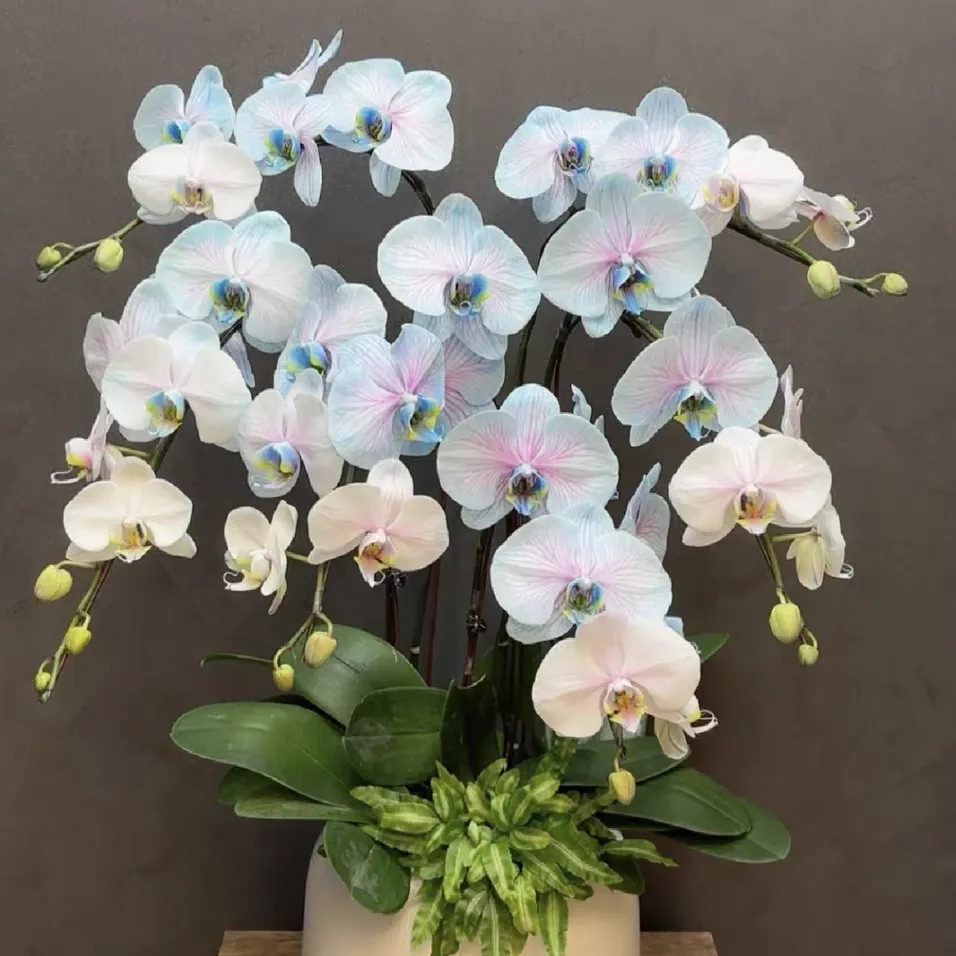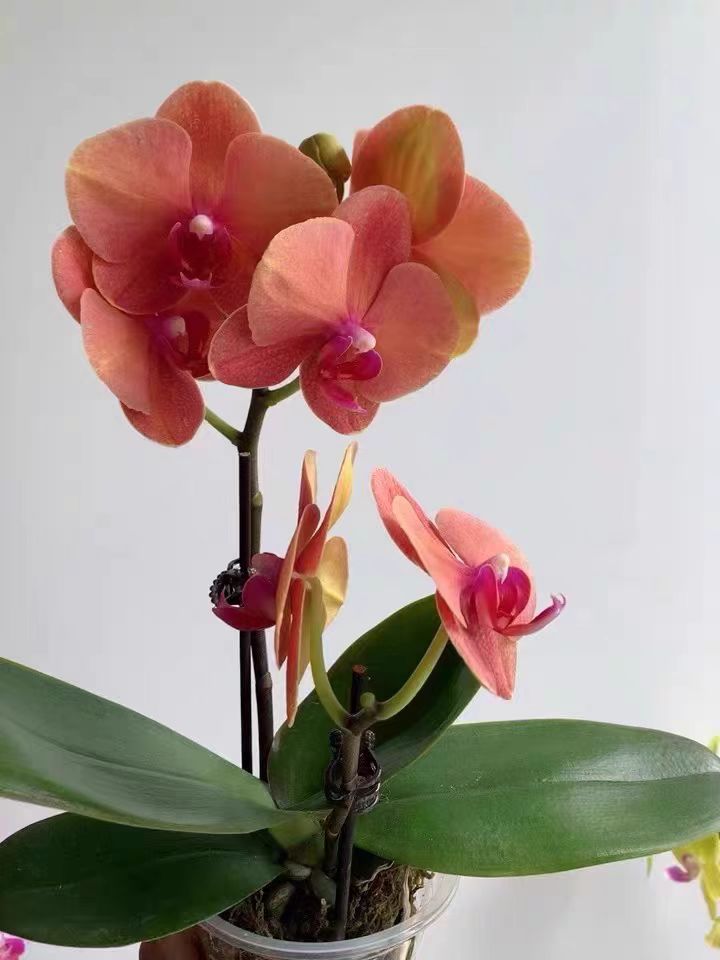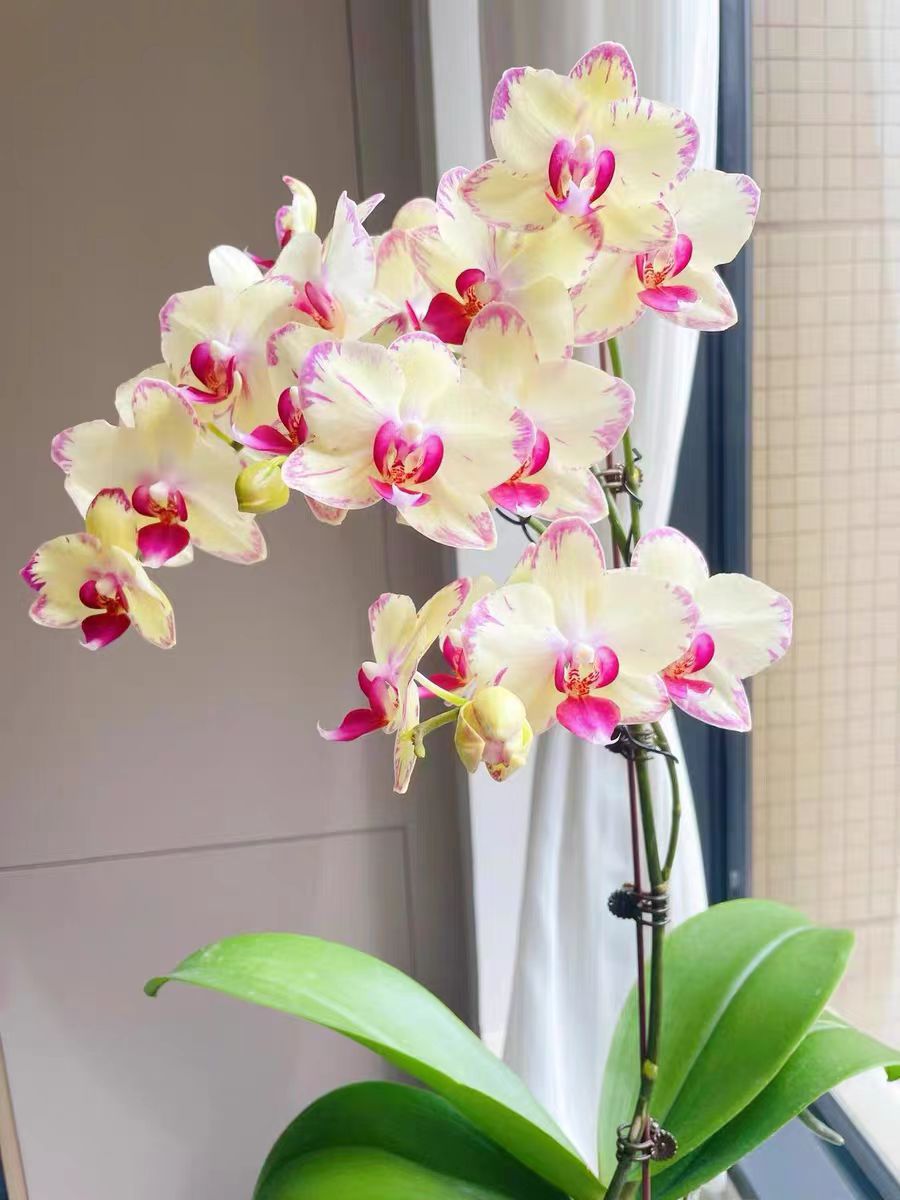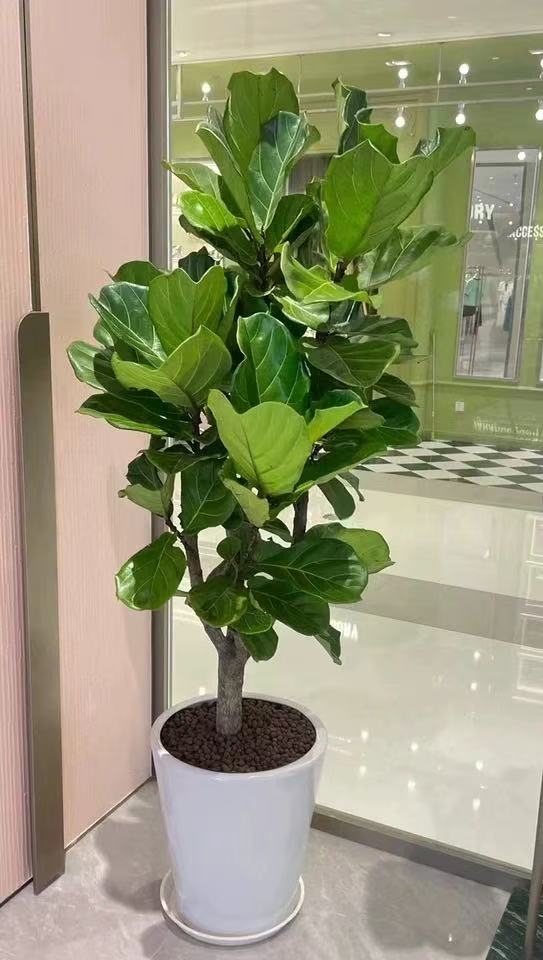The cultivation of Phalaenopsis orchids is a kind of knowledge. It cannot be cultivated in a completely dry or wet environment. Instead, the cultivation methods need to be adjusted flexibly according to the growth stage and environment of the Phalaenopsis orchids. Now, let's talk about the precautions for the cultivation of Phalaenopsis orchids to help you take better care of them.
Lighting: Phalaenopsis orchids have special requirements for light. They prefer a bright and soft environment with diffused light. Intense direct sunlight is like a sharp blade, which can easily burn their delicate leaves and damage the leaf structure, thus hindering the photosynthesis and overall growth of the plants. Therefore, the most ideal placement is near the window, using curtains and other items as a shield.
Watering: The management of water is extremely crucial in the cultivation of Phalaenopsis orchids. They are afraid of both drought and waterlogging. Generally speaking, watering once a week is a relatively appropriate basic frequency, but this is not an absolute standard. You also need to pay close attention to the dry and wet conditions of the potting soil and flexibly adjust the watering time and amount. When watering, be sure to pour the water slowly and evenly until it soaks through, allowing the water to fully penetrate around the roots and ensuring that each root can absorb enough water. However, at the same time, special attention should be paid to avoiding water accumulation. Once the drainage at the bottom of the pot is blocked and the excess water accumulates for a long time, the roots will gradually rot in an oxygen-deficient environment.
Temperature: The temperature range of 18 to 28 degrees Celsius is the ideal temperature for the growth of Phalaenopsis orchids. Within this temperature range, the various physiological functions of Phalaenopsis orchids can operate efficiently and stably, the plants grow rapidly, and the flowers can bloom more beautifully. When the cold winter comes and the temperature drops sharply, it is necessary to strengthen the cold protection measures. It is best that the indoor temperature is not lower than 15 degrees Celsius. If the temperature is too low, the growth rate of Phalaenopsis orchids will slow down significantly, and they may even enter a dormant state. In severe cases, they will be frostbitten. In the hot summer, spraying water around the plants appropriately to cool them down and maintaining a relatively high air humidity can effectively reduce the pressure of high temperature on Phalaenopsis orchids and allow them to grow comfortably in a stuffy environment.
Fertilization: Reasonable fertilization is one of the key factors to ensure the growth and blooming of Phalaenopsis orchids. Applying diluted liquid fertilizer once every two to three weeks is a more scientific fertilization frequency. Especially during the peak growth period and blooming period of Phalaenopsis orchids, the demand for nutrients increases significantly. At this time, using special fertilizers for orchids is the best choice. These special fertilizers are carefully formulated according to the nutritional needs of Phalaenopsis orchids and are rich in a variety of important nutrients, which can precisely meet their growth and development needs. However, during the fertilization process, it is necessary to strictly control the concentration of the fertilizer and follow the principle of "applying a small amount multiple times". If the fertilization concentration is too high, it will burn the roots, causing the roots to be unable to absorb water and nutrients normally, thus seriously affecting the normal growth of the plants and even possibly leading to the withering of the plants.
How to grow Phalaenopsis orchids well?

Share with
Tagged in :




Leave a Reply